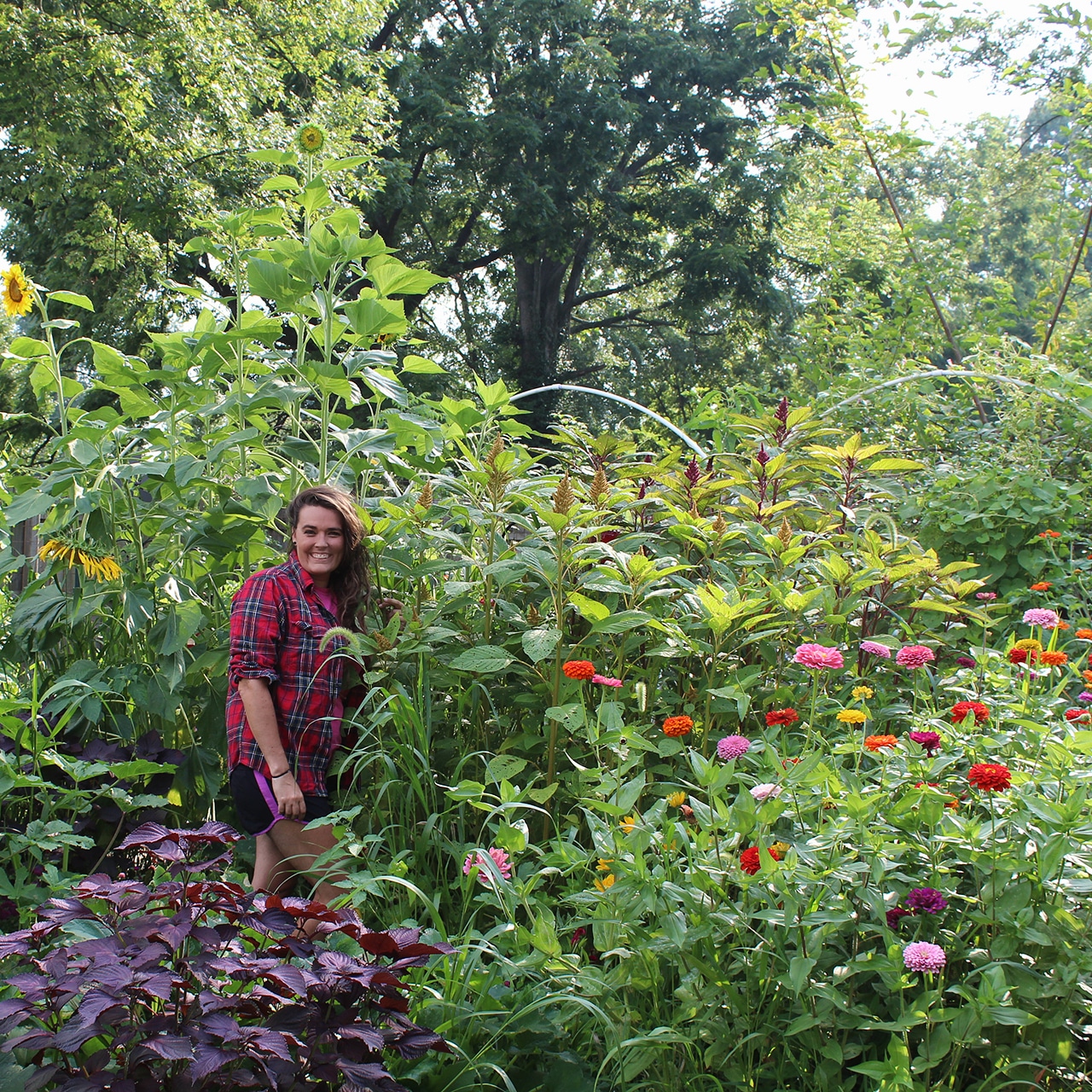Harlequin Flower Care – Learn About Planting Sparaxis Bulbs


Unique regional growing zones across South Africa allow for great plant diversity. With exceptionally hot and dry summers in some parts of the country, a great number of plants have adapted by remaining dormant during these times, only to bloom when conditions are cool and moist.
Though these climates may be difficult to recreate in gardens elsewhere, many of these same ornamental plants will grow well in containers indoors or in the garden in spring. Harlequin flower bulbs, for example, can add vibrance and color to spaces with minimal care.
What is a Harlequin Flower?
Sparaxis harlequin flowers (Sparaxis tricolor) bloom in spring when temperatures are cool. Unlike many other cool season flower bulbs, these plants are tender to frost. This means that growth outdoors is limited to regions with frost free winters or Mediterranean climates.
Though considered a wildflower in its native range, Sparaxis harlequin flowers are highly ornamental, ranging in color from white to yellow and pink. Many find that the plant is also able to quickly and easily naturalize under ideal growth conditions.
Planting Sparaxis Bulbs
Outside of South Africa, the availability of harlequin flower bulbs is limited only to a few different species. Due to its special growth requirements, gardeners will need to pay special attention to planting schedules.
Growers in USDA zones 9 to 11 can plant the bulbs outdoors during the fall. Those planting Sparaxis bulbs outside of these areas can grow the plant indoors in pots or wait until spring to plant. These bulbs should never be planted outside until all chances of a freeze have passed.
In choosing a planting site, soil should be fertile and well-drained. Since the plants will not tolerate shaded locations, make certain to situate harlequin flower bulbs in full sun.
Sign up for the Gardening Know How newsletter today and receive a free copy of our e-book "How to Grow Delicious Tomatoes".
Though the plants are generally free of diseases and pests, monitoring for potential issues is a good preventative growing practice.
After flowering has ceased, spent flowers should be removed from the plant by deadheading. Foliage should then be left in place to die back naturally as the plant approaches its period of summer dormancy. When grown in cold winter regions, harlequin flower care will require the digging and storing of the bulbs once this has occurred.

Tonya Barnett has been gardening for 13 years. Flowers are her passion. She has transformed her backyard into a cut flower garden, which she regularly chronicles on her YouTube channel http://www.youtube.com/@tonyawiththeflowers.